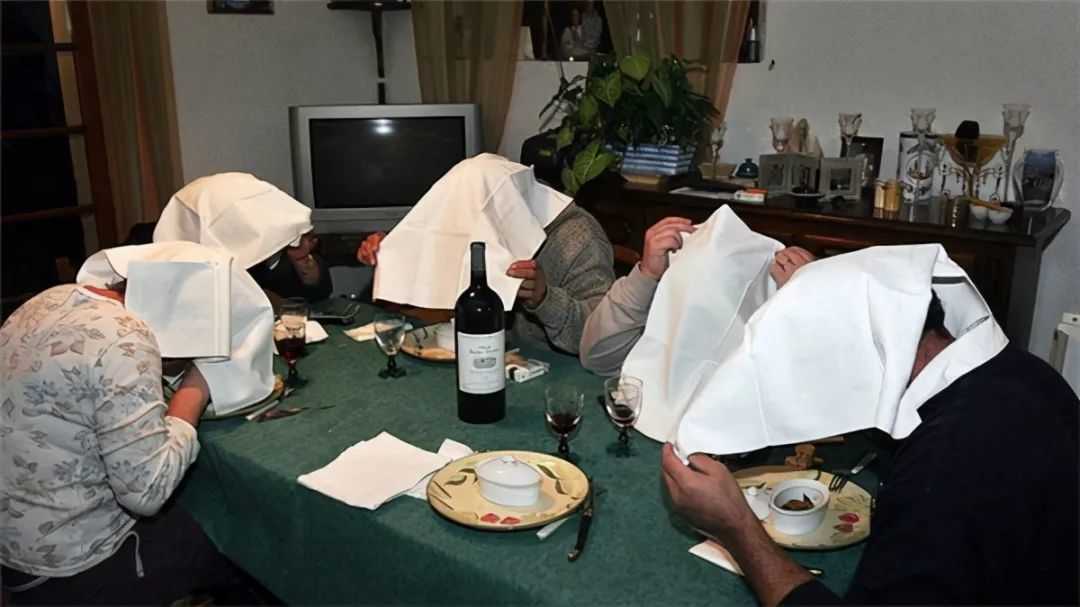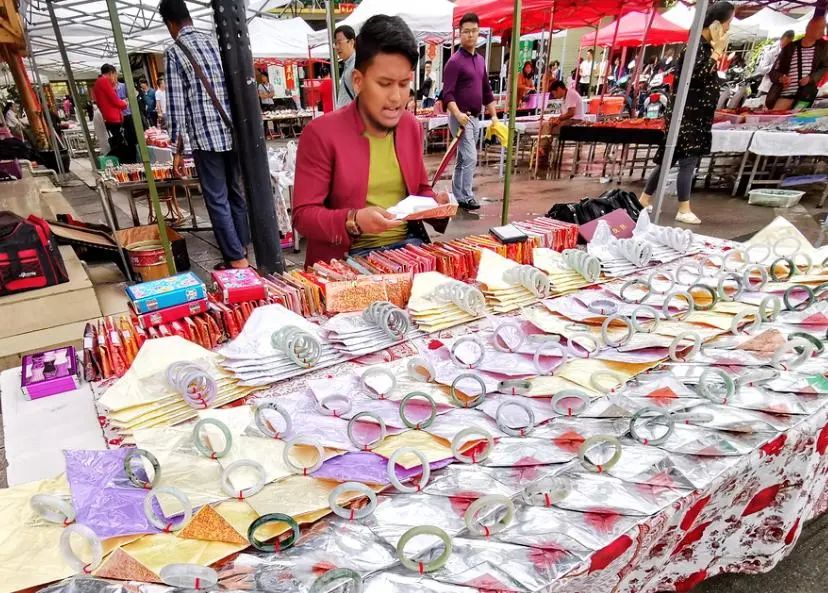Search for information
French Culinary Tradition: A Unique Way of Savoring Small BirdsIn certain regions of France, there exists a unique and rather peculiar culinary practice involving covering the head with a cloth while eating small birds, a tradition deeply rooted in the country's rich gastronomic heritage.
May 15, 2025, 4:48 pm EDT
French Culinary Tradition: A Unique Way of Savoring Small Birds

Source: Images from the Internet, if there is any infringement, please contact the removal of

Cambodia's Intangible Cultural Heritages on UNESCO Lists
Cambodia's Intangible Cultural Heritages on UNESCO Listsmore

Brisbane 2032 Olympics: Queensland Government Simplifies Preparation Work
The Brisbane 2032 Olympics is set to receive a boost from the Queensland government. This week, a joint statement was released, announcing the introduction of new amendments to streamline the preparations for the 2032 Olympics. These amendments will enable Olympic venues to bypass some major planning regulations.more

Myanmar: Vast Fortunes in Jade Exchange Hands Freely
Myanmar, a nation nestled in Southeast Asia, is globally renowned for its extraordinary jade trade, where artifacts worth hundreds of millions of dollars are casually bought and sold, painting a picture of a market like no other.more

"Hades II" to Launch on Nintendo Switch and Switch 2, Release Date Pending
In a recent Nintendo Direct event, Supergiant Games announced that "Hades II" will be coming to both the Nintendo Switch and the new Switch 2. However, the specific release date for these Nintendo consoles has not been revealed yet.more

Tracing the Primitive Tribal Cultures of the Americas
Tracing the Primitive Tribal Cultures of the Americasmore

Madeira: The Enchanting Island in the Atlantic Ocean
In the vast expanse of the Atlantic Ocean, there is a place so captivating that even the gods might be enticed to linger - the Madeira Islands. Perhaps you've never heard of this name, or maybe you've come across it but have only a vague idea of what it truly offers.more

Large - scale Seizure of Illegal E - cigarettes at Saint - Ouen Flea Market in France
Large - scale Seizure of Illegal E - cigarettes at Saint - Ouen Flea Market in Francemore

2024 Summer Ignition! Nine Overseas Blockbusters Coming
2024 Summer Ignition! Nine Overseas Blockbusters Comingmore

